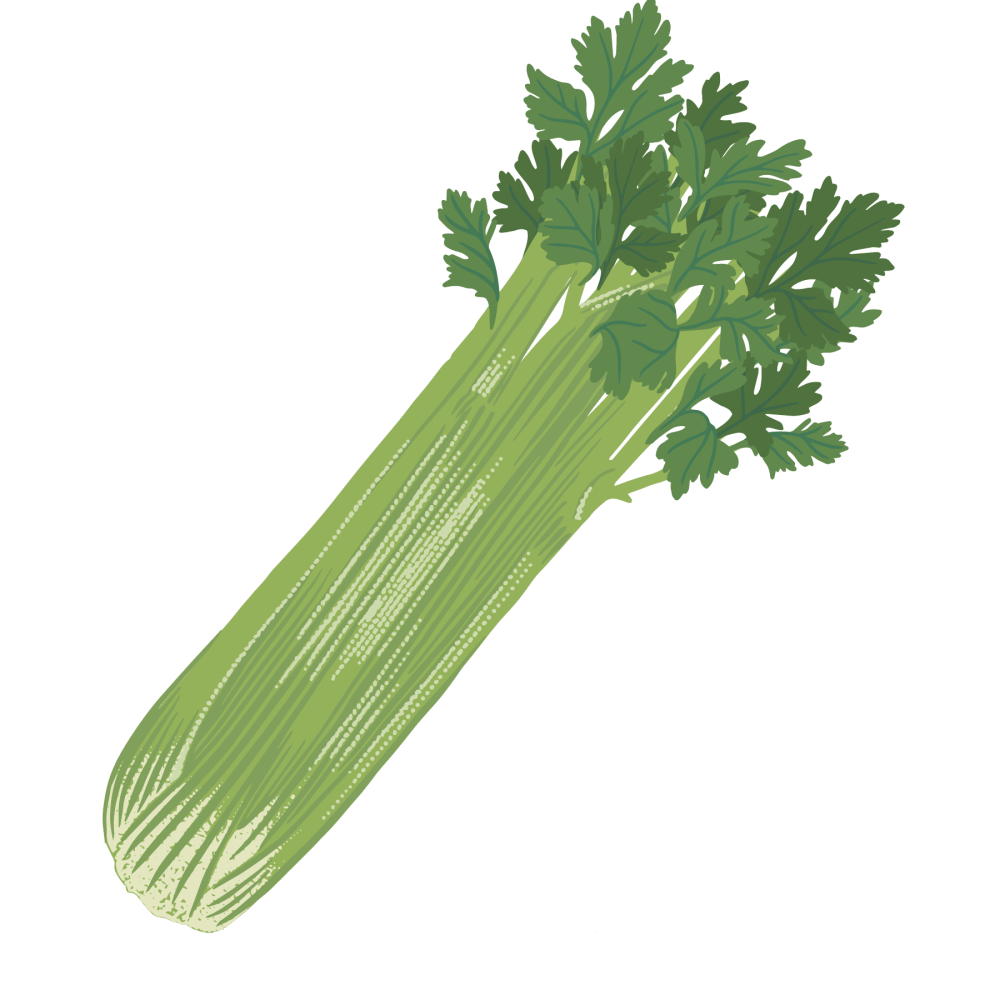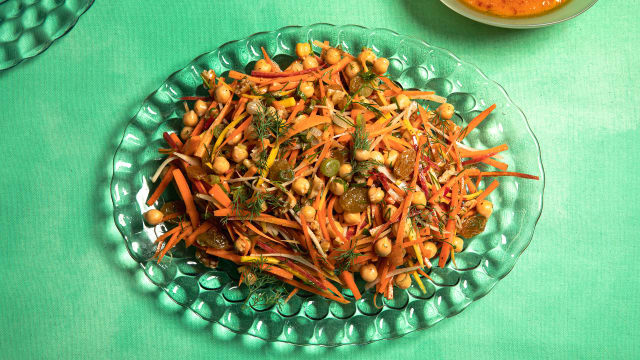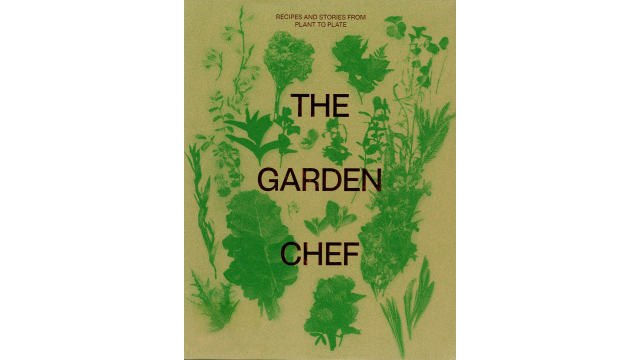Celery

Latin name: Apium graveolens
Uses: vegetable, seed, root, beverage
What is celery?
Celery is a marshland plant with ribbed stalks and leaves that resemble large, pale parsley. Depending on the variety, different parts of the plant are favored for eating, but all parts of every type are edible. There’s the regular celery we know and love, grown for its crispy leaf petioles; there’s long, slender Chinese celery (aka leaf celery), appreciated for its bodacious foliage; and there’s celeriac (aka celery root), grown for its thick stem.
Why is celery healthy?
Celery is 95% water and loaded with electrolytes – it’s the sports drink of vegetables. In addition, celery is a good source of antioxidants, vitamins, and minerals and contains a plant compound called apigenin, which has anti-inflammatory, anti-bacterial, and anti-viral properties. Celery has also been shown to support heart health, improve digestion, and reduce inflammation.
What does celery taste like?
Celery’s main attribute is its crunch, but it does have a pleasant herbal flavor underpinned with a mineral salinity. It contains a good amount of chemicals called furanocoumarins, which can make your tongue go slightly numb (like grapefruit), but most commercial varieties are mild and slightly grassy-sweet.
How do I use celery?
You can always eat celery raw. Fill its gully with pimento cheese, blue cheese, or peanut butter, or dip celery in your favorite salad dressing. It’s lovely shaved or thinly sliced to use as a non-cabbage slaw, and it’s a bright and crisp alternative to celeriac in the French classic celeri remoulade.
Along with carrots and onions, celery is a necessary component of a mirepoix — the basis of tons of soup stocks, sauces, and ragùs. Replace the carrots with bell pepper and celery is one third of the “holy trinity” of Cajun and Creole cuisine.
You can use celeriac as a more flavorful starch for making gnocchi, shred it to beef up slaws, and cube it for slow braises and stews. Chinese celery is leafier and can be used interchangeably with regular celery. It’s great with fermented black bean sauce in stir-fries, and really boosts savory levels in the Vietnamese soup mi nam vang. Celery seed is a major flavor in Old Bay Seasoning, so add it to a court bouillon.
What does celery pair well with?
The grassy-herbal flavor of celery pairs beautifully with sharp cheese, almonds, and dried fruit (cranberries, dates, or raisins, especially) in salads.
Where does celery grow?
Celery is native to the Mediterranean, but later introduced to England and Holland, where moist soils and a lengthy cool season predominate. Kalamazoo, Michigan, was once known as Celery City but now most American celery is grown in California.
How to buy celery:
Look for firm stalks that aren't limp or turning brown at the edges.
Fun celery fact:
Though it’s ubiquitous in veggie trays today, celery was once a great luxury — one of the It Vegetables of the Victorian era. It was difficult to grow and expensive to buy, so naturally the wealthy served it as the centerpiece of every dinner, prominently displayed in a glass celery vase.




